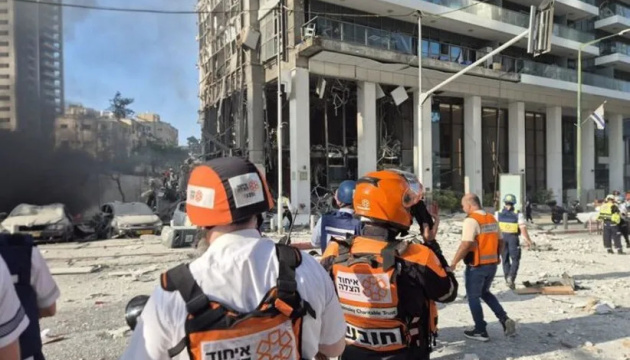Photo: Depositphotos
Despite the claimed successes and large-scale operations of the Israeli Defence Forces (IDF) in the Gaza Strip, recent weeks have revealed a new phase of problems in the war against Hamas. According to Walla, serious intelligence failures and a lack of control by the Israeli military after the completion of ground operations have been revealed in a number of areas.
According to sources, in a number of areas, the IDF either did not conduct ground manoeuvres at all or their presence was very limited. It was in these areas that Hamas militants managed to partially restore their infrastructure, converting buildings into command posts and re-establishing a tunnel network.
The return of the Hamas “metro” problem
Of particular concern is the situation with the militants’ underground communications – the so-called Gaza metro. Although the IDF command had previously claimed large-scale destruction of this network, in practice, a significant part of it remained functional or was restored in a short time.
Only in recent days, the Israeli military has managed to re-discover and destroy new underground complexes, which casts doubt on the credibility of the statements made at the beginning of the campaign.
Change of tactics
After the collapse of the ceasefire agreement, the Israeli Defence Forces changed its approach to fighting in Gaza. According to experts, Lieutenant General Eyal Zamir is not relying on short-term raids, but on the long-term retention of the territory and full control over it.
This tactic involves:
– aggressive engineering work;
– clearing areas of civilians;
– systematic destruction of the militants’ infrastructure;
– deployment of forces for permanent presence in the occupied territories.
This strategy requires significant human resources, time and maximum coordination between departments.
At the same time, the media and expert community continue to raise questions about the level of intelligence preparedness and real control over the Gaza Strip in the long term.

















